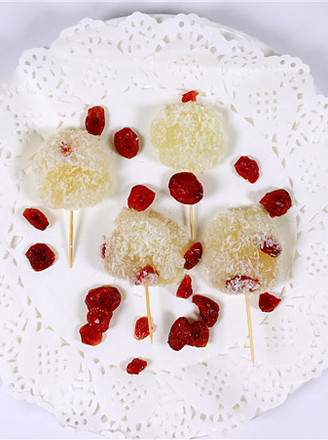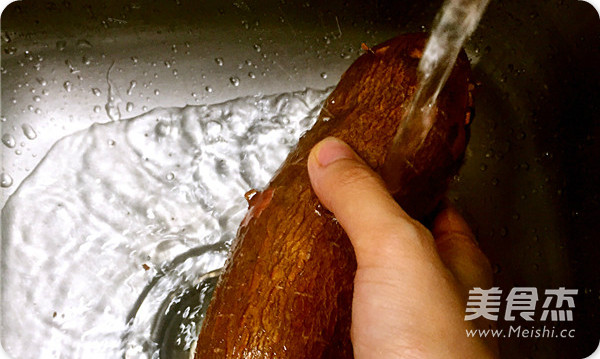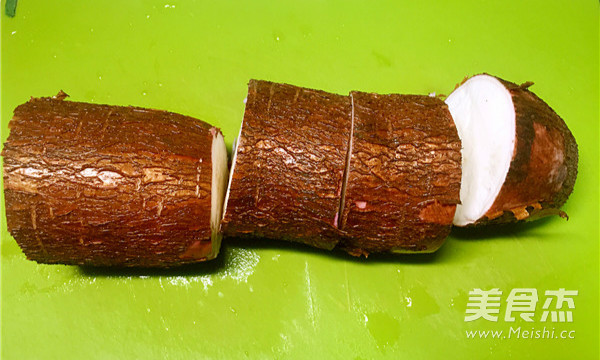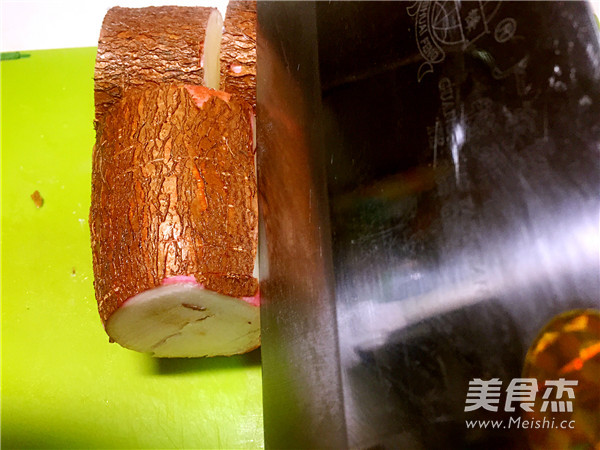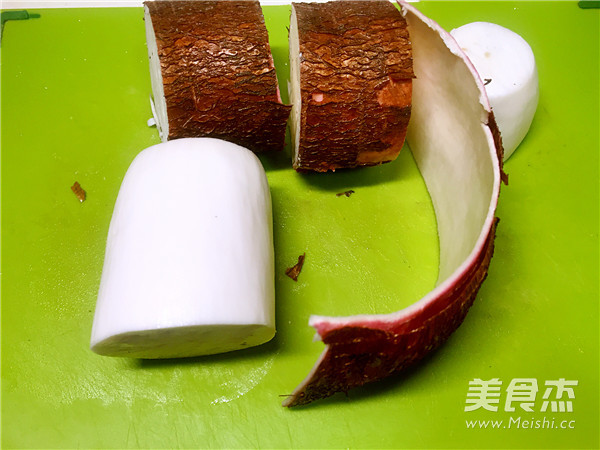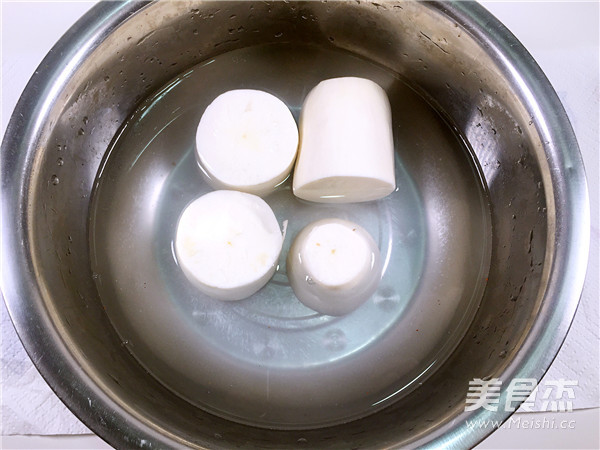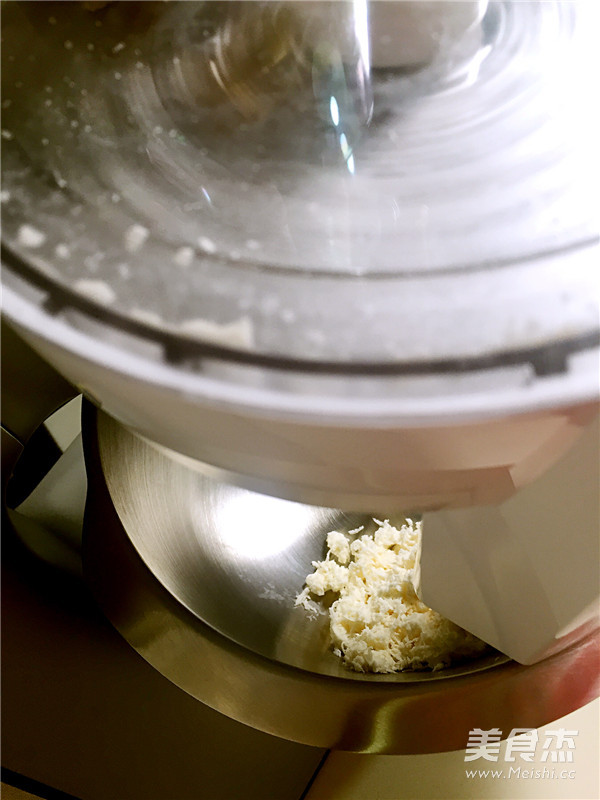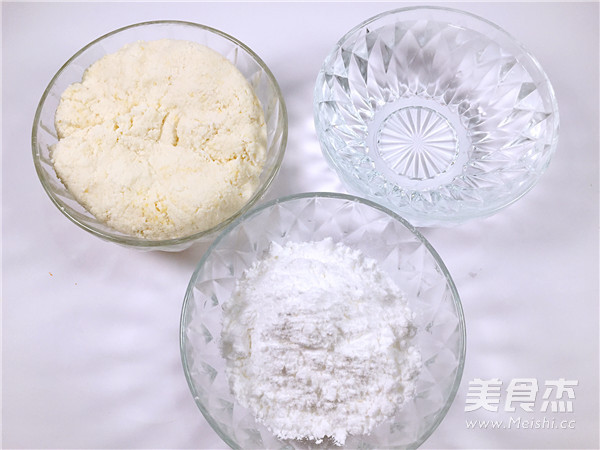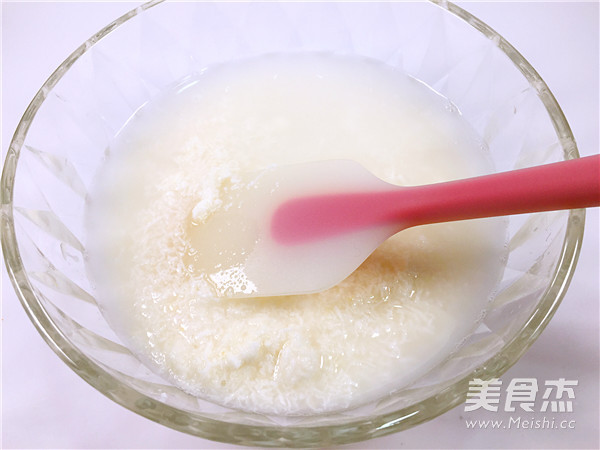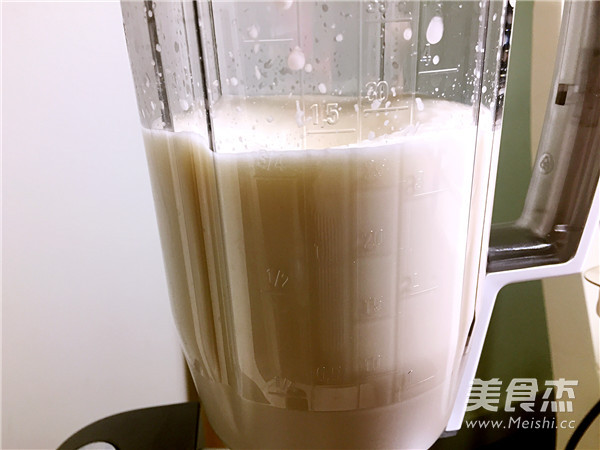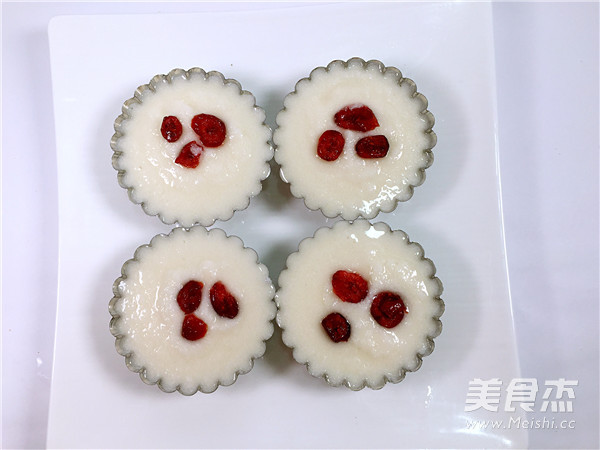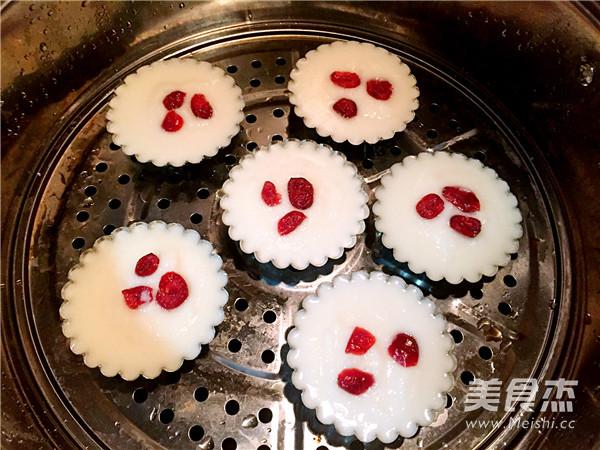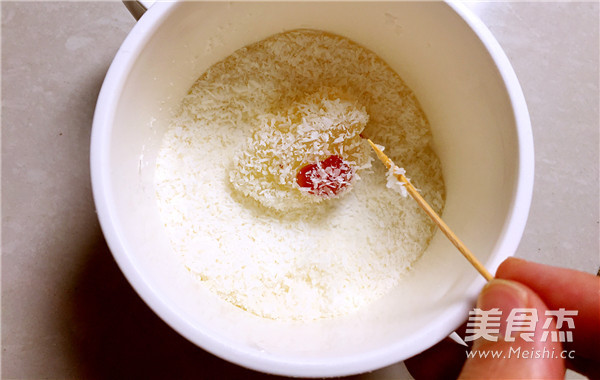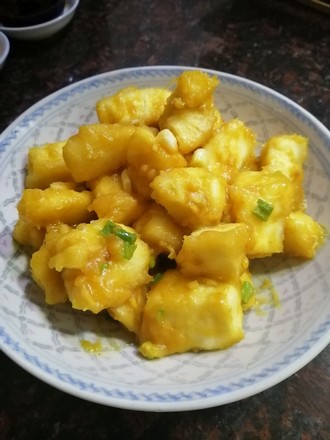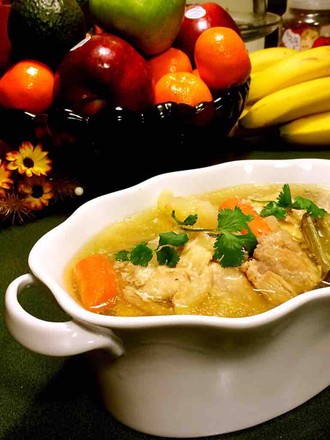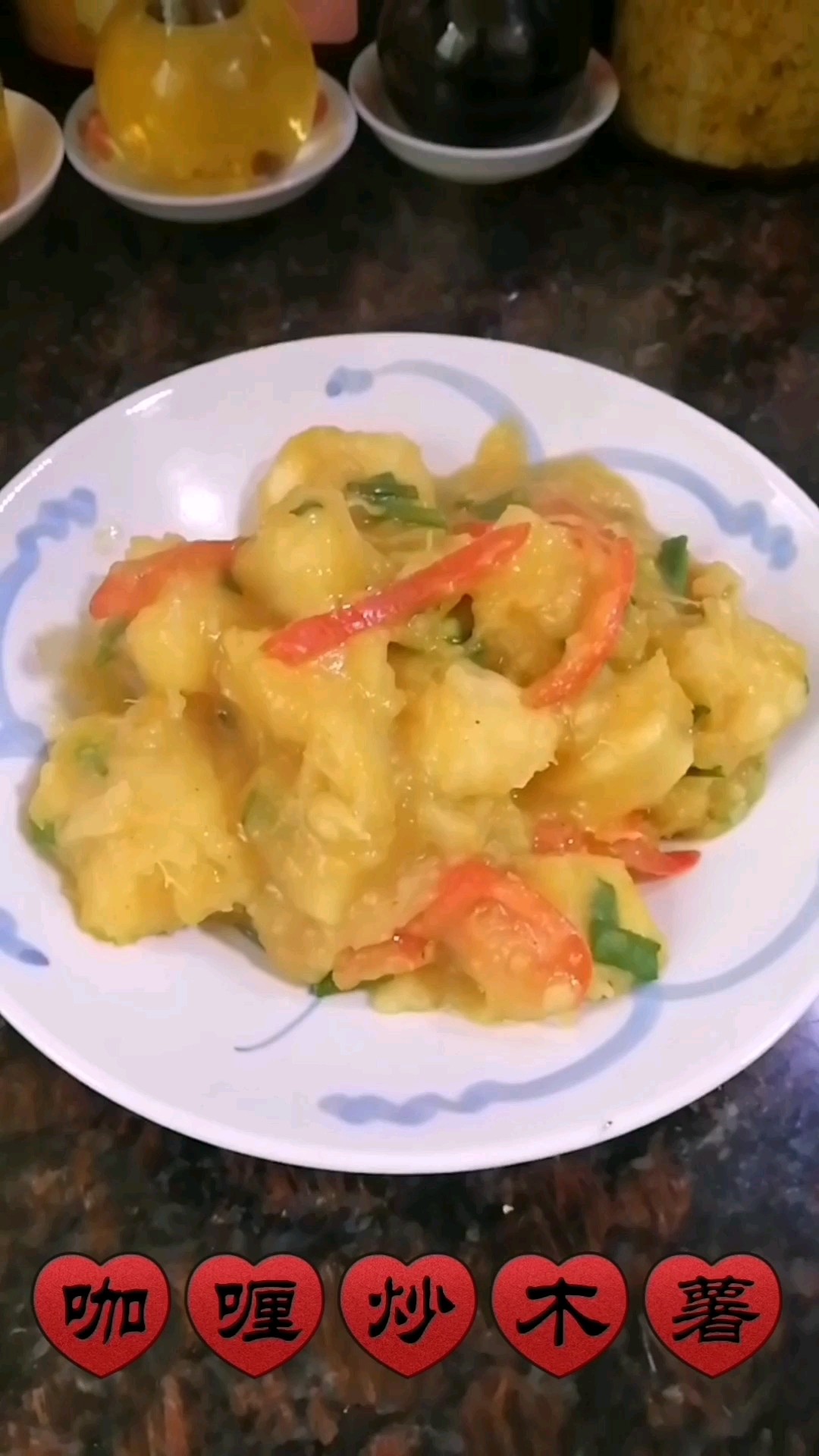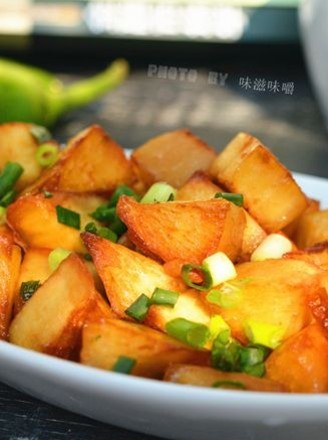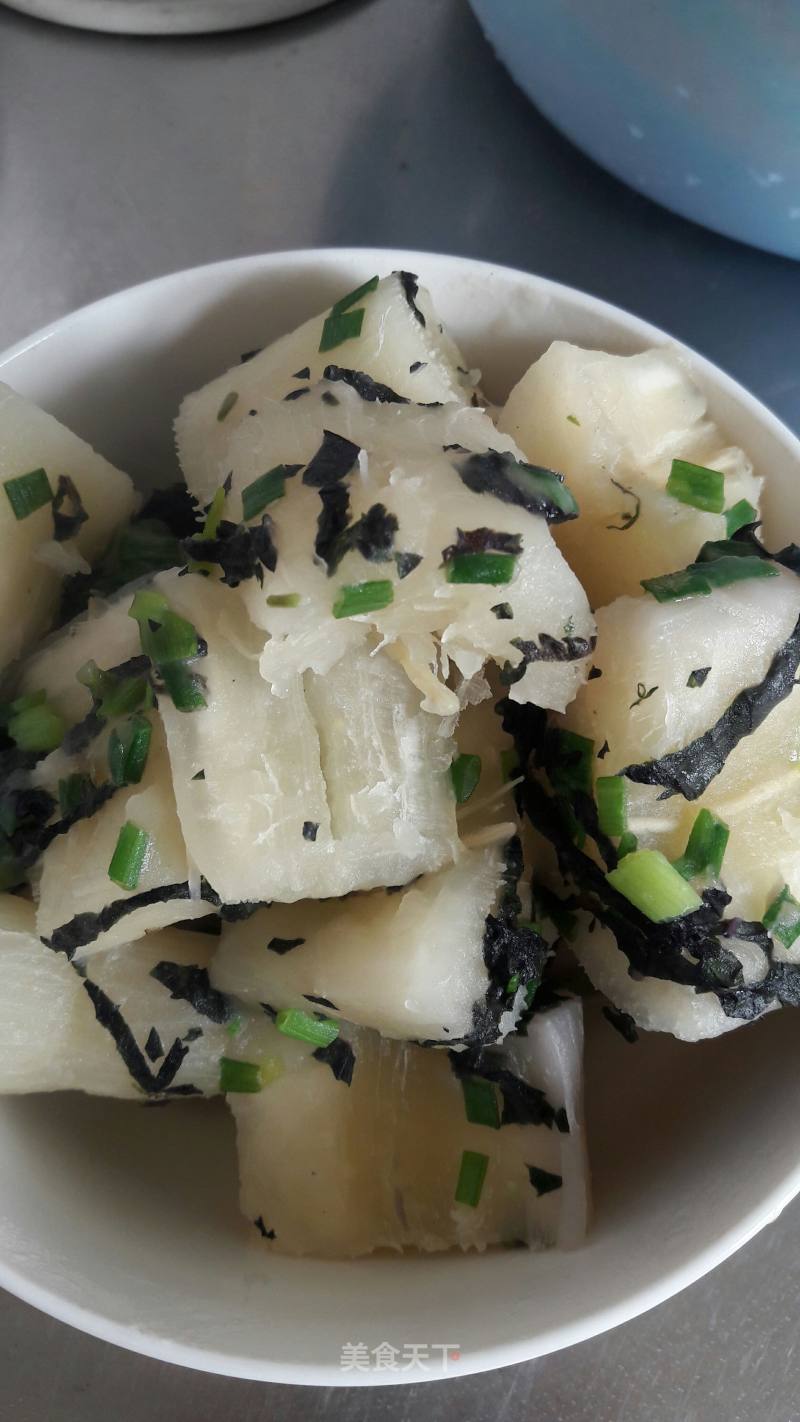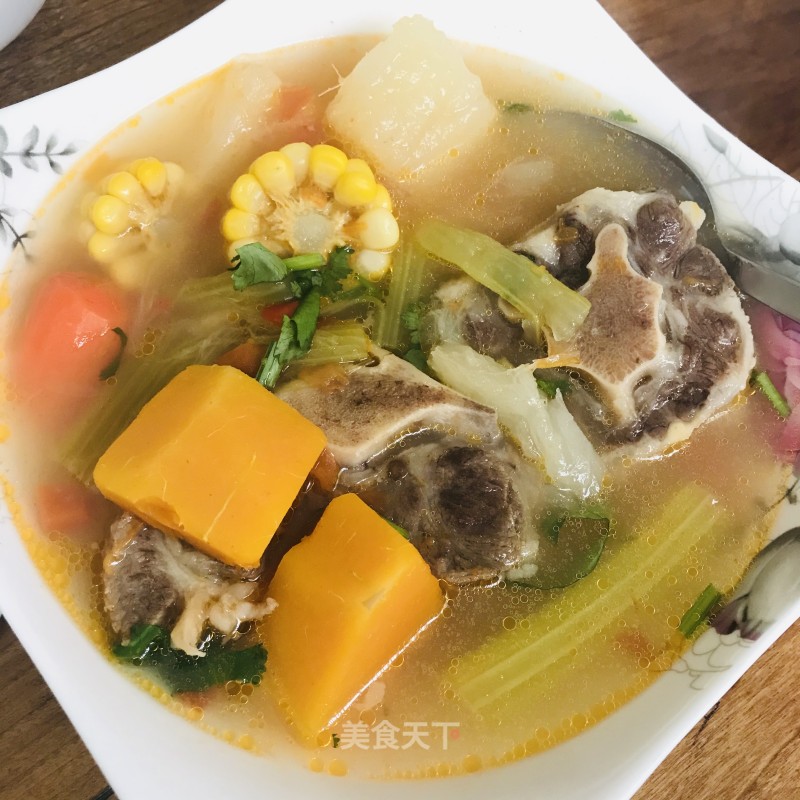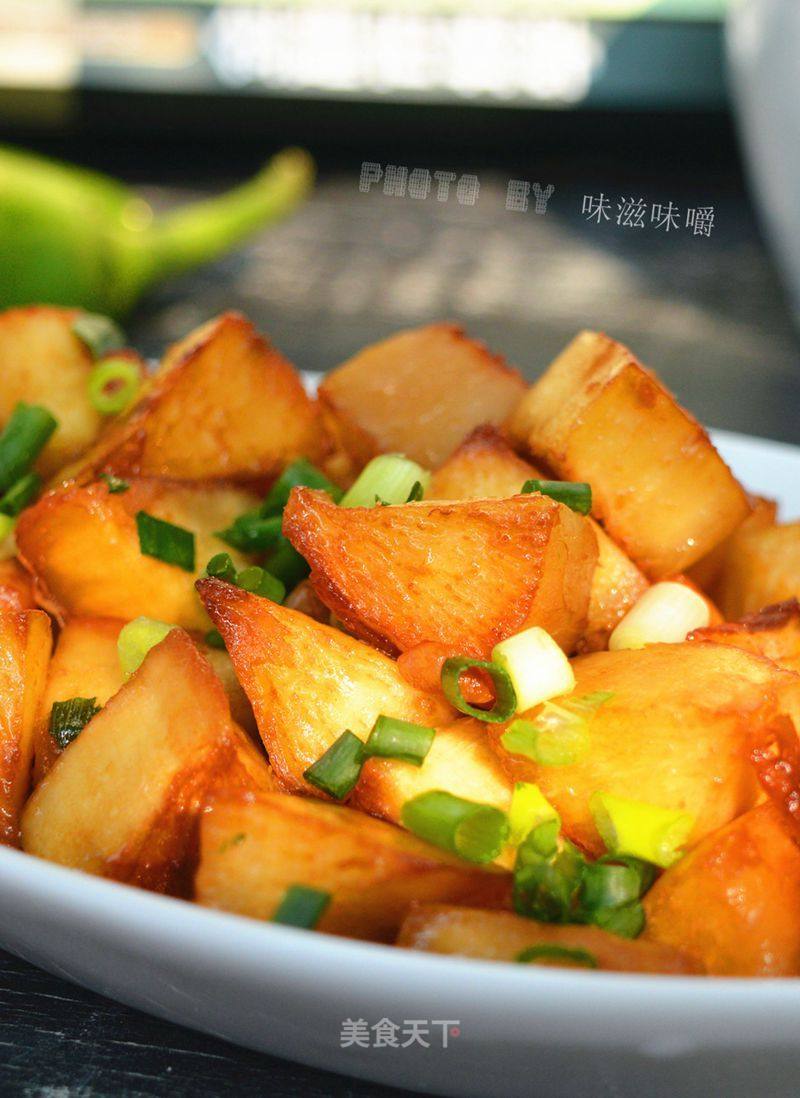Tapioca Coconut Balls (pichi-pichi, Palau Cuisine)
by Eat it, Lord Tong
Favorite
Difficulty
Easy
Time
1h
Serving
4
Today I made Pichi-pichi, a traditional Palau dessert (haha~ I always think this name is so cute, and eat it on the skin!). The moment the tapioca cake is dipped into the coconut paste, I can’t help but think of the time I loved it when I was a child. The mochi that is so frantic and not greasy no matter how you eat it.
For Pichi-pichi, Tong Ma has something to say here. In the recipes searched on foreign language websites, apart from various food colorings, many of them use another ingredient: vanillin. This is a kind of edible spice that can give food a strong milky aroma. At one time, it broke out that vanillin was added to some baby milk powders and there was a lot of trouble. Of course, Tong Ma has always held the attitude of "talking about toxicity without measurement is a hooliganism" towards certain "food harmful theories". But I think, since I do it myself, can we not add this kind of additives~
Therefore, the Pichi-pichi shared by Tong Ma here is a simple and improved version of vanillin and pigment. But, the taste is still very good~ Look at the one that these two father and son ate~ O(∩_∩)O haha~
For Pichi-pichi, Tong Ma has something to say here. In the recipes searched on foreign language websites, apart from various food colorings, many of them use another ingredient: vanillin. This is a kind of edible spice that can give food a strong milky aroma. At one time, it broke out that vanillin was added to some baby milk powders and there was a lot of trouble. Of course, Tong Ma has always held the attitude of "talking about toxicity without measurement is a hooliganism" towards certain "food harmful theories". But I think, since I do it myself, can we not add this kind of additives~
Therefore, the Pichi-pichi shared by Tong Ma here is a simple and improved version of vanillin and pigment. But, the taste is still very good~ Look at the one that these two father and son ate~ O(∩_∩)O haha~

